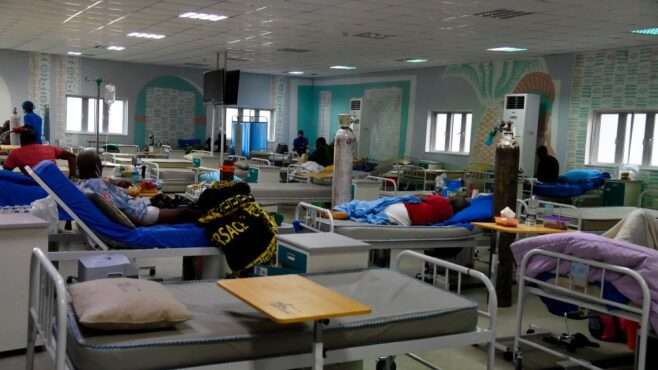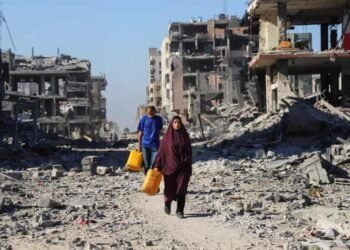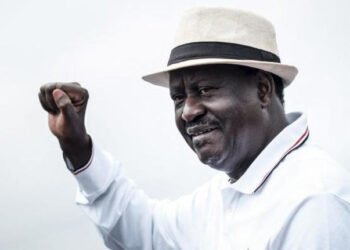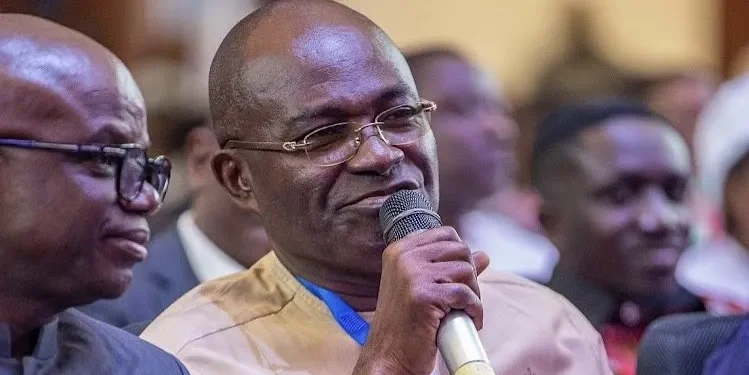Sub-Saharan Africa’s populous countries— Ethiopia, Nigeria and Cameroon also double as the largest recipients of healthcare donor funding in the region, Fitch Solutions indicates.
These funds are mainly for basic healthcare. They are therefore channeled to improving access to basic nutrition (malnutrition and communicable diseases) and health services. As a result, these funds do not translate into commercial opportunities for high-value drugs. Therefore, it limits opportunities for multinational drug makers to utilize these funds, Fitch Solutions suggests.
“Countries with the largest populations, and therefore with high levels of poverty and inequality, receive the most funding but this is largely for basic healthcare.”
This notwithstanding, donor healthcare funds only represent a small proportion of total healthcare spending in the region. According to data provided from Fitch solutions, healthcare donations are less than 2 percent of total expenditure on health.
Accordingly, “donor funding accounts for anywhere around 0 to 2 percent of total health spending”. Besides, high income countries such as South Africa receives less donor funding compared to low income countries like Ethiopia.
Meanwhile, over the past years, donor funding in SSA has been increasing in absolute terms. Nonetheless, as a share of total health expenditure it has remained largely flat.
To explain, this means that although donations are important in the region, the main sources of funding for healthcare remain general government budgets and private spending, mainly out-of-pocket in most countries.
In terms of sourcing, the World Health Organization (WHO) remains an important donor for countries in the region. UN Coordination of Humanitarian Affairs data shows that in 2020 WHO was top donor in three SSA countries; Kenya, Ethiopia, Cameroon. Not only that, the WHO remained at least in the top three donor organizations in all other countries examined.
Organizations playing key roles in SSA’s donor funding
In addition to the WHO, the UN and NGOs are also key organizations. A lot of NGO’s are present in Ethiopia, Nigeria and Cameroon, while their main sources of funding are the US, Germany and the EU.
Based on Fitch Solutions’ calculations, the combined donations from these organizations totaled US$160.7 million in 2020 in six countries.
Also, Fitch Solutions finds that donor funding is closely linked with political ties between countries. As such, Japan is identified as a key donor in SSA countries.
“We have identified the Government of Japan as a key donor in many SSA countries. Japan donates straight to governments, but also to key UN organisations such as United Nations Development Programme (UNDP).”
Fitch Solutions
Furthermore, Fitch Solutions indicates that it expects China on the list of donors in the coming years as it ties with Africa continue to strengthen.
At the last China-Africa Cooperation Summit in 2018, an Action Plan for the coming three years (2019-2021) revealed that China will continue to support Africa. Especially, in primary healthcare, addressing health infrastructure gaps among others.
Still on account of countries’ involvement with Africa, Fitch Solutions also highlighted that the Government of France is another key donor. The country maintains close ties with its former colonies in West Africa, including Cameroon, Côte d’Ivoire, Mauritania, Senegal, Mali, Guinea, Burkina Faso, Benin, and Niger.
READ ALSO: Ghana: Robust trade outlook to boost demand for road construction- Fitch Solutions






















